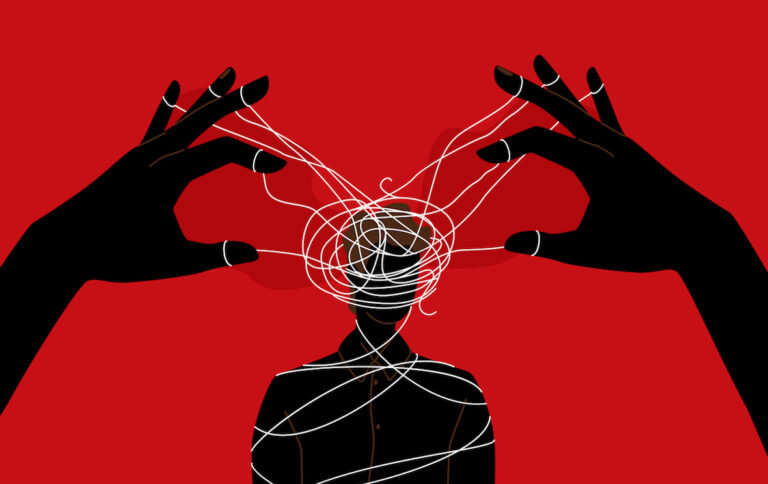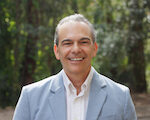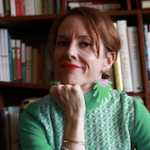
Sovereign Citizens: Eccentrics or Extremists?
Sovereign citizens or ‘sovcitz’ reject the authority of the government and legal systems. The COVID-19 pandemic has fuelled extremism, including sovereign citizen beliefs in Australia, says Griffith University’s Dr Keiran Hardy, and poses challenges to law enforcement and public safety.




 Dr Carody Culver
Dr Carody Culver 
